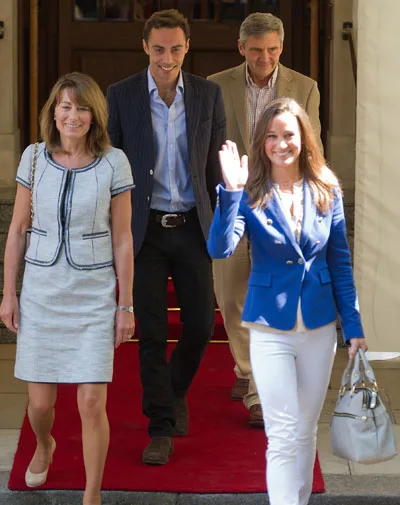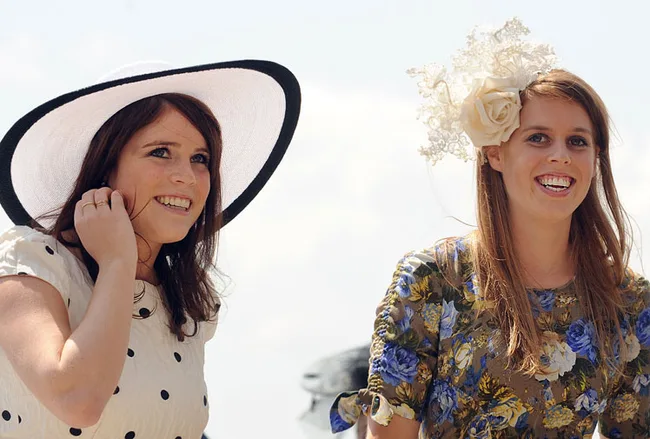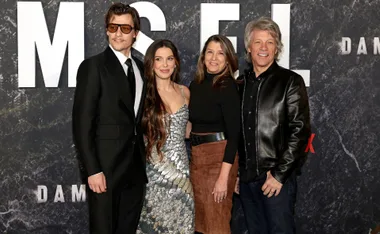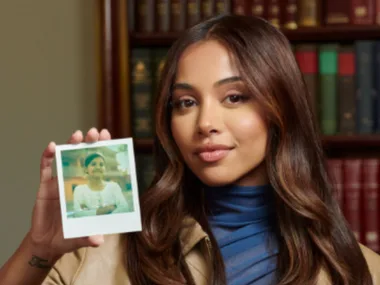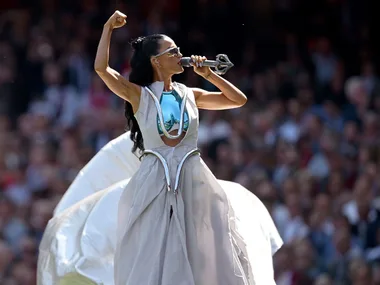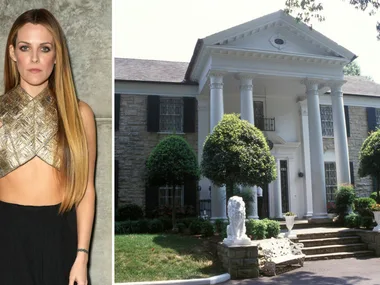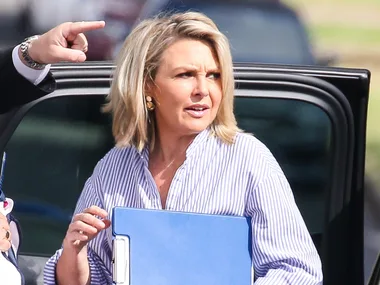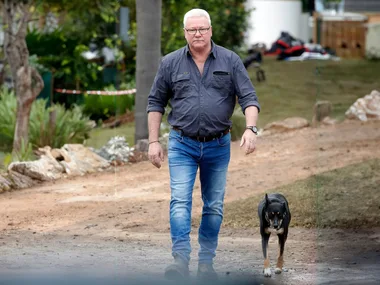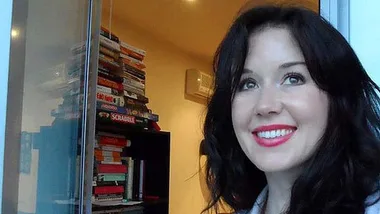In the middle of a surging crowd of men, Yasmine El-Baramawy is pinned to the bonnet of a car as it makes its slow way across a square full of protesters.
More sets of hands than it is possible to count claw at her crotch, grab her breasts and grope inside her pants.
The mob tears feverishly at her clothes, some use knives to try to cut them off her. For more than an hour, she is violated as she clutches at her trousers, praying for the ordeal to be over.
The battle for democracy in Egypt has claimed many victims, but none so brutally and consistently as the many women who have been sexually assaulted these past two years, simply for having dared enter Cairo’s Tahrir Square.
Lara Logan, a correspondent for US TV network CBS, is the most high-profile victim of mob sexual assault in Egypt. The savage attack on her in 2011, on the night Hosni Mubarak stepped down as president, may have briefly brought the country’s sex assault epidemic to light, but to think it started and ended there would be a grave mistake.
According to a 2008 survey by the Egyptian Centre for Women’s Rights (ECWR), 83 per cent of Egyptian women say that they have been sexually harassed at one point in their lives.
Foreigner or not, veiled or not, almost every woman in Egypt has experienced the outrage of being grabbed or verbally harassed on public transport, at work or on the street.
On January 25 last year, the second anniversary of the Egyptian uprising, 20 cases of sexual assault were reported in Tahrir Square alone.
Yasmine El-Baramawy, the young woman pinned to the car bonnet, was Tahrir’s victim on the evening of November 23 last year.
My colleague, fellow female news reporter, Hania Moheeb, was viciously attacked in January. And I only barely escaped assault at the hands of a mob back in October of last year as I was doing a live cross from Tahrir Square for my French TV news channel.
Listen to Yasmine speak now and she sounds like the strongest, most defiant woman in all of Egypt. “I am not afraid to go back down into the street. You have to stand up for your rights and, above all, don’t stay silent. Talk!”
Yet ask her to relay the events of that evening in November and it is clear the night still haunts her. She remembers suddenly finding herself in the middle of a mob of some 200 men, aged between 18 and 40.
“Some looked like thugs, some looked like normal people. It was as if I was in a washing machine, being pushed and pulled and grabbed. I didn’t know what was happening to me or when it would end. I thought that I would faint or die. But I didn’t.”
At one point, Yasmine was lifted onto the bonnet of a car by men claiming they had come to protect her. However, they simply continued the attack, whispering in her ear, “We are going to f**k you”.
She recalls being covered with blood and excrement after having been dragged on the ground for so long. “It was in my hair, on my face, in my mouth,” she says.
Eventually, passers-by from a nearby neighbourhood rescued her, including a woman dressed in traditonal Islamic dress. Months after the attack, she discovered, at a doctor’s surgery, she had anal lacerations, evidence her aggressors had penetrated her with a knife.
Unlike most victims of sexual assault in Egypt, Yasmine had the courage to complain, describing her attack to the Egyptian media and demanding that the authorities take action and find the perpetrators. In the process, she became the face of a nascent women’s rights movement in the country.
In February, Yasmine’s face was seen on dozens of placards held up by a large crowd of women at a demonstration against sexual harassment in Cairo.
The protest caused ripples in Egypt, a conservative country where relations between men and women are still taboo and problems such as sexual harassment are routinely swept under the carpet.
I was attacked on October 19 last year. I was in Tahrir Square when a group of men began to assemble, forming a circle around me and my co-worker, Ashraf Khalil. I felt the mood shift as the crowd grew bigger and slowly closed in on me. As soon as I had finished my live cross, a dozen men pounced.
Stay on your feet and don’t fall on the floor, I told myself, as the men started jostling. Ashraf bear-hugged me tightly and started shuffling us towards a fast- food restaurant 500 metres away. I had about 50 men all around me, touching me all over my body. At one point, the mob tried to force me into a car.
“I’m gonna help you”, came the repeated cries from the mob, even as their hands groped me. Ten terrifying minutes later and inside the sanctuary of the fast-food shop, I watched in horror as the fists of the mob beat on a metal roller door that a quick-thinking restaurant employee had pulled down to protect us.
Compared to Yasmine or Lara Logan, I had a lucky escape. Yet it helped me understand why colleagues had taken to comparing Tahrir Square to war zones such as Syria or Iraq. A festive atmosphere and amazing energy often fills the square as families and Egyptians from different social backgrounds congregate to express both their joys and frustrations.
Yet there are also predators, or baltagiya as they are known locally, plain old thugs as well as groups of young men who come to the square with the intention of finding a victim.
As a result, an incredible sense of nervousness among women has pervaded Tahrir Square. Moods can flip in a second.
Police, who are hated by the greater population as throwbacks to the Mubarak era, are mostly afraid to set foot inside the square in case the mob turns on them.
Tarek Said Ali, a police lieutenant from the Giza Governorate, admits that “the level of state security there is zero” and confesses that “nobody, whether he is a low-rank or a high-rank police officer, would risk going there”.
Compounding the lawlessness is the fact that most victims of sexual assault do not file complaints because they feel that to do so is pointless. It is well known that cases are often dropped and the perpetrators are rarely punished.
The police lieutenant added that often a woman will file a complaint only to withdraw it due to family pressure, such is the shame attached to being a victim of sexual assault.
“The problem in Egypt is that we look at women as if they are something hateful or shameful, although our religion does not say so,” the police lieutenant said.
Veteran activist and movie director Aida El-Kashef agrees. “The men are taking all their anger out on women because they see them as the weaker link … this is what we are feeding them, in schools and through our sheikhs [leaders]. It has increased over time. When I was a kid, it was not that violent. I think it has to do with the deterioration of all aspects of living in this country.”
One of the other reasons commonly put forward for the violence is the issue of marriage. Generally speaking, men cannot get married until they have a house, which has been increasingly harder to find because of Egypt’s economic difficulties.
As a result, many Egyptian men are still single well into their 30s or 40s, creating a degree of collective sexual frustration. Perhaps this also explains why the online pornography audience in Egypt is one of the world’s highest.
Yet this social cancer has emerged due to political reasons, too. Under the Mubarak regime, sexual harassment of women was used as a tactic to dissuade them from protesting in the street.
For female journalists, it was a tactic used to discourage them from covering the demonstrations. Many believe the Islamists in power also used it as a weapon to empty the square.
In an effort to fight this societal plague, many Egyptians are now mobilising. One of the most recent initiatives is called Tahrir Bodyguard, a group of volunteers that goes down to the square when protests are planned, aiming to prevent the assaults. They are recognisable by their helmets and fluorescent yellow vests.
Young men have been the most active in the bodyguard movement, many citing the same motivation — “Because it could happen to my sister”.
There are so many people engaged in the revolution in Egypt and, for the most part, it is a movement typified by idealism and hope. And yet as long as the country turns a blind eye to the widespread violence against women, it will remain a flawed movement.
Of all the people I have interviewed on this subject, one who stands out is Omar, a doctor who, along with Ahmed, a soldier, helped to rescue Lara Logan from her attackers back in 2011.
Shocked to find the American journalist naked on the ground, having been violated by hands as innumerable as they were anonymous, Ahmed carried her on his back and put her in a military vehicle — even as some in the crowd continued to assault her. When they finally got her inside the car, Omar looked across to see the soldier crying.
“How can they do that to a woman?” Ahmed said, sobbing. “This has nothing to do with the revolution.”
Newsletter conversion description. Get the latest in your inbox.


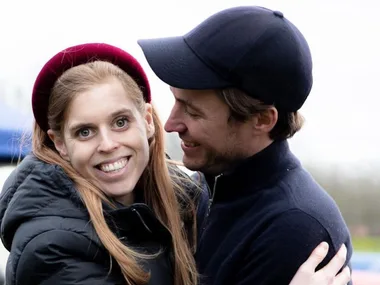

-(2).jpg?resize=380%2C285)
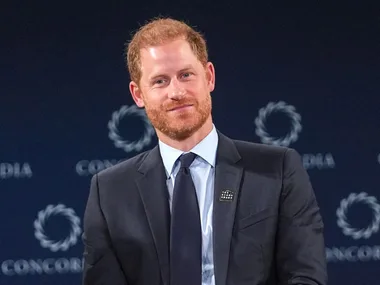
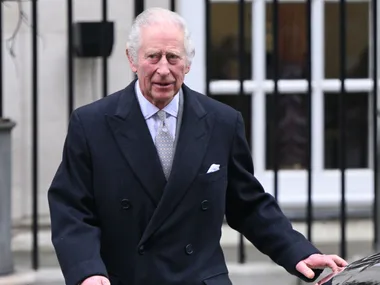
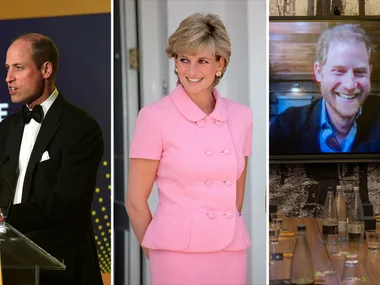
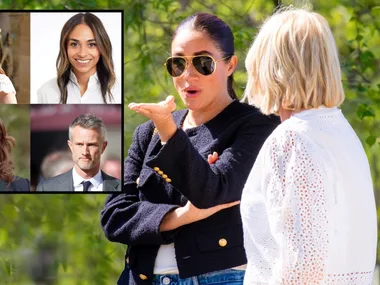










.png?resize=380%2C285)









